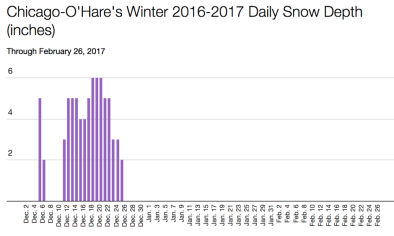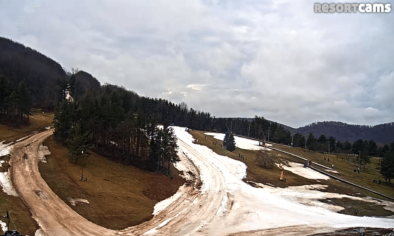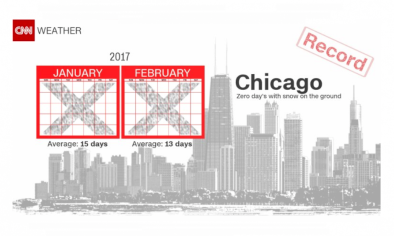Science Source
Coupled spatiotemporal variability of temperature and spring phenology in the Eastern United States
- States that the timing of spring phenological events of many temperate plants is tied to both warm spring temperatures and accumulated chilling in winter for dormancy release
- Investigates the geographic patterns of the coupled relationship between warmer spring temperatures and earlier vegetation phenology from 2000 to 2012 in the eastern United States
- Considers a record early greenup onset that occurred in the U.S. Northeast in 2010 and over a majority of the eastern United States in 2012, which offered unique opportunities to assess spatiotemporal variations of phenology–climate interactions in the context of climate change
- Identifies potentially offsetting interactions in the US Northeast in which reduced chilling during a warm 2011–2012 winter delayed dormancy break and lessened the advance in greenup onset during the very warm spring in 2012
- Finds that in the Upper Midwest greenup closely tracked springtime warming
- Results show that geographic details of phenology–climate interactions unveil how vegetation phenology is closely coupled with both spring and winter temperatures in time and space
- This study further implied that both different temperature regimes and geographically varied climatic dependencies of vegetation could be responsible for spatially diverse phenological responses to climate change
Related Content
Real Time Data

Feb 28, 2017 | NOAA/NWS-Romeoville, IL
Chicago Snow Depth
Headline

Feb 28, 2017 | Washington Post
Mid-Atlantic ski resorts hurting because of lack of winter; Wisp closes weeks early
Headline

Feb 28, 2017 | CNN
Where is the snow?
Science Source
| American Meteorological Society
Changing Northern Hemisphere Snow Seasons
Gwangyong Choi, David A. Robinson, and Sinkyu Kang


